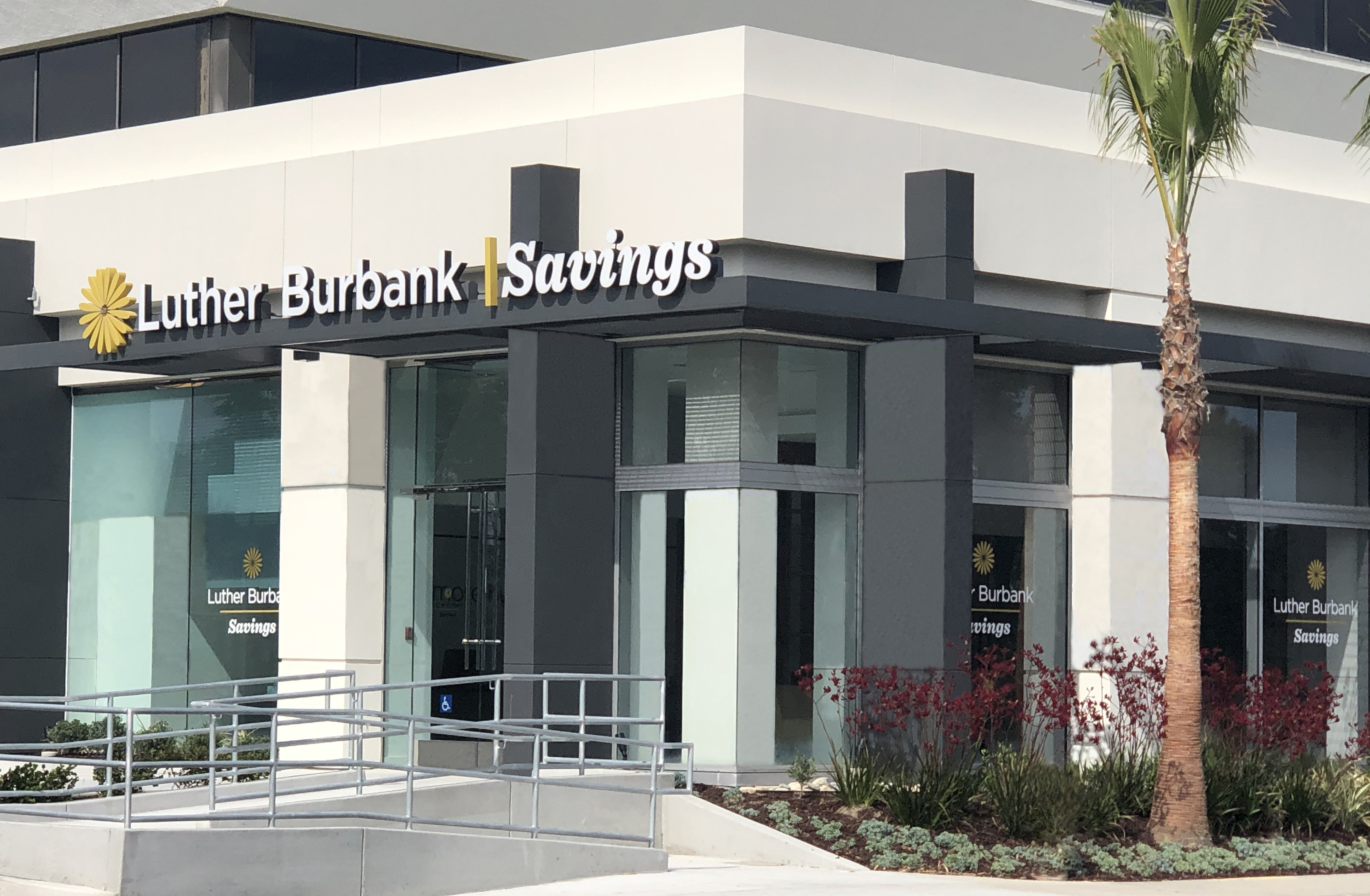Economic uncertainty is changing lending practices, but that doesn’t mean there isn’t financing available for commercial real estate in Los Angeles.
The trick, though, is finding that financing and getting the right terms.
“Whatever underwriting people were using in January and February has clearly changed now,” said Kevin Shannon, co-head of capital markets at Newmark Knight Frank. “The loan terms — they are getting so dramatically different from what they were.”
While some lenders are “afraid to make bad loans,” Shannon added, availability has improved because interest rates are still low at a federal level and smaller regional banks are still writing loans.
“This is an opportunity for us to get out in front of new clients,” said Hamid Hussain, president of real estate and commercial banking at Banc of California.
“We’re in a strong position with our portfolio,” he said. “We are reaching out proactively (about loans) to people who may or may not be existing clients.”
Some companies are even creating new ways to make loans.
Brentwood-based Archway Fund and principals with Oakhurst Advisors of West Los Angeles have recapitalized the fund to create Archway Capital, which will provide short-term, fixed-rate debt between $2 million and $20 million in the form of interest-only loans.
Bobby Khorshidi, president and chief executive of Archway Capital, said the venture had been under discussion for a while.
Archway and Oakhurst, he said, understood that a recession was coming and “wanted to position the company so we no longer relied on originating loans” for individuals and instead controlled the capital.
The group is now loaning to portfolios.“The timing just happened to coincide with Covid,” he said.
But that doesn’t mean Covid-19 has had no impact on the group’s lending practices.
Khorshidi said the company is more conservative when lending on purchases made before Covid-19 because the market has changed but less conservative in lending with purchases made after the market’s recent adjustments.
The company, he added, is particularly interested in industrial properties and value-add acquisitions.
Nonbank options
Many lenders are still open for business — if the deal is right.
“Certain segments of the lending market are either shut down, on pause or limited,” said Shlomi Ronen, a managing principal and founder of Dekel Capital. “Others are still trying to be active. Real estate transactions have ground to a halt, which has reduced the demand side of the equation.”
Previously banks would finance 60% to 70% of acquisitions, he said, but now leverage is in the 50% to 60% range.
Ronen added that lenders do not want to finance hotel or retail properties, preferring industrial assets instead.
Jonathan David Hakakha of Beverly Hills-based capital advisory firm Quantum Capital Partners Inc. said that despite the challenges in the market, the company has had a busy year.
In fact, Quantum Capital has closed more deals than ever at this point in the year.
“There’s been restructuring for the most part,” Hakakha said.
Lenders now, he added, want to see a “debt service reserve” — money set aside for the next six months to a year.
Hakakha said that because lenders are being more conservative and increasing their pricing, borrowers are better off waiting on loans if they can.
Many developers are trying to wait things out and “see if they can get better leverage in a month or two,” Ronen said.
But some changes could stick around.
“Once lending opens up again, lenders are going to be more conservative and maintain higher rates than what they were pre-corona,” Hakakha said.
Calabasas-based MREC Management, better known as Mosaic Real Estate Investors, is being more conservative with its money while still making loans.
Vicky Schiff, co-founder and managing partner at the firm, said “the strong will survive” Covid-19.
In deciding what loans to make, Schiff said the company, which has provided $2.4 billion in loans, looks at the potential downside.
Industrial and multifamily, she said, are in the best shape.
More than 50% of Mosaic’s loans are for construction. Schiff said new construction loans are being given “very, very selectively,” with a focus on multifamily and markets with high occupancies.
Terms of the loans are much different than what they were pre-Covid, she said.
“We were selective before but really slowing down the pace and focusing mainly on multifamily,” Schiff said.
She added that Mosaic has been getting requests from new and returning customers.
“We’re interested in providing capital to strong operators, and that might be perhaps capital they couldn’t get from traditional lenders maybe because their traditional lenders have taken a step back,” she said.
Schiff also said there has been an increase in deal flow since the arrival of Covid-19.
Varied approaches
For banks, the approach to CRE financing now varies widely. Some banks that focus on loan portfolios in more stable areas, such as residential, can afford to continue lending.
“We have tightened our underwriting criteria but are accepting new applications,” said Simone Lagomarsino, president and chief executive of Luther Burbank Corp.

Luther Burbank’s banking headquarters are located in Gardena although the bank’s corporate headquarters are in Santa Rosa. Roughly 96% of the company’s loans are in residential real estate, including multifamily, which Lagomarsino said gives her confidence in the portfolio’s stability.
“We went into this with a shortage of housing in general,” she said. “We’re going to come out of it in a shortage of housing.”
Lagomarsino said Luther Burbank is dealing with an issue common to any commercial real estate lender in the current environment — forbearances.
Without money to pay their rents, many newly jobless tenants have had to ask for payment deferrals. In multifamily, this trickles up to lenders in the form of delayed mortgage payments.
Under normal circumstances, banks would generally be obligated to report such deferred loans as delinquent. This reporting becomes problematic for borrowers, whose credit is then typically damaged, as well as for banks, which can become targets for regulators after accumulating too much problem debt.
The Coronavirus Aid, Relief and Economic Security, or CARES, Act, suspended this reporting requirement.
“That’s been beneficial for banks,” said Lagomarsino, who added that her bank has been active in issuing deferrals to borrowers who can demonstrate Covid-related economic hardship.
The deferred payments are added to a borrower’s principal, with a new rate based on the result, according to the Luther Burbank CEO.
Cool on retail
Other banks with a wider range of CRE loan types face more complicated pictures.
Roughly 44% of Chinatown-based Cathay General Bancorp’s total loan portfolio is composed of CRE. Of this, nearly one-quarter is in retail properties while other problem areas like hotels and restaurants comprise about 6.5% of the bank’s total commercial real estate loans.

Cathay Chief Operating Officer Chang Liu said low loan-to-value ratios across the bank’s commercial real estate portfolio — which average around 50% — made his company relatively confident in its stability.
Despite this, Cathay is generally pulling back from new loans to first-time clients, according to Liu.
“We are focusing more on our current relationships,” he said. “For existing customers with that (established) track record, we are looking at new CRE transactions.”
The bank is also looking out for its existing clients by reaching out to borrowers and inquiring about their business situation.
“We’re wanting to know how they are doing,” Liu said, “and how we can help them if they are experiencing cash flow issues in the current environment.”
He said one area where Cathay is interested in bringing in new business is industrial property lending — especially related to ecommerce.
“It’s currently not a big area for us now,” he said, “but we’re looking to grow it.”
Banc of California, meanwhile, has generally adopted a more bullish stance on new loans, looking to use the current situation to bring in new customers.
Despite this, some areas will still largely be off limits for the Santa Ana-based bank in the months ahead.
“We’re not going to blatantly say no to retail and hotel,” Hussain said, “but it will be more difficult to do those types of deals due to the environment.”
About 14% of Banc of California’s roughly $2.3 billion CRE and multifamily portfolio is composed of retail properties.
Beyond problem categories, however, the bank is actively looking to issue new loans to first-time clients.
Hussain said the relative dearth of commercial real estate financing could make people or companies that had not previously worked with his institution more open to trying a new lending partner. His bank’s bet is that these borrowers will then form ongoing relationships long after the pandemic-driven downturn has ended.
“Real estate is a cyclical business,” Hussain added. “As a strong bank, these are the kind of times you pick up market share.”
